If you haven’t already, I recommend reading Part 1 before this post, as this is an organic series that will keep building.
A few months ago, I asked for Instagram followers to tell me how they perceive organic farms and farming. Based on what they hear from the media, see at the grocery store, learn from friends, etc. – what did they think organic farms are like? The results were mixed, but a few different people responded that they thought of organic farms as small operations.
The reason I asked that question was because of something I’d seen on a box of mac and cheese (part of which led to this post about the word “chemical”). The words on the box paint a picture of a small operation, idyllically working the land. I was curious if that’s how people think of organic farming. The Instagram responses indicated that people do think that way.
Are organic farms actually small?
How We Know
Every 5 years, the United States Department of Agriculture conducts and publishes a Census of Agriculture. It’s incredible. Any information you could ever want to know about US agricultural production can be found in the 820 pages that make up the most recent edition, 2017. Most of the census talks about all farms, as a whole. They have a small section of the organic data specifically.
There are US farms that have both organic acres and non organic acres. The census doesn’t clarify how those are classified. In an effort to compare the data, I subtracted the organic farm numbers from the all farm numbers before doing my math.
By the numbers
Physical size, acreage, is a common way of thinking about farm size, but I think looking at the money side of things also helps. The census provides the value of total sales from farms. I compared that to the number of farms for both organic and non organic, along with the average acreage of both farm classifications.
Acreage is a good stat for some things, but when it comes to surviving as a farm, it’s not how many acres you have that matters. It’s what you earn off of those acres. I’m going to talk about both pieces of the size puzzle.
Below, you can see how many farms in the US fall into the two classifications. There are waaaay more non organic farms and they are, on average, about 20% larger than organic farms.
| Organic Farms | Non Organic Farms | |
| Number of Farms | 18,166 | 2,024,059 |
| Average Acres per Farm | 353 | 441 |
| Average Sales per Farm | $400,603 | $188,356 |
I was very surprised to see how low these acreage numbers are. There’s this idea perpetuated that farms are big and getting bigger. While there are definitely a few absolutely giant farms out there, the size of farms is actually trending slightly downward. In 1997, the average farm size (for all farms) was 487 acres.
You can see that the average sales per farm was significantly higher for the organic farms. I think that’s for a few reasons. Organic products sell at a higher cost than non organic products. Think of the produce section at the grocery store. So even if the acres are less, the price for the product is higher.
There’s another reason that the average is so high. And that is because there are way more farms at the top end of the income spectrum (gross income – expenses are not part of this info).
Organic and non organic farms are perfect opposites of each other, when it comes to how many of them fall into set income ranges, as you can see below. There are more than twice as many more farms selling over $50,000 worth of organic product than those selling less than $5,000.
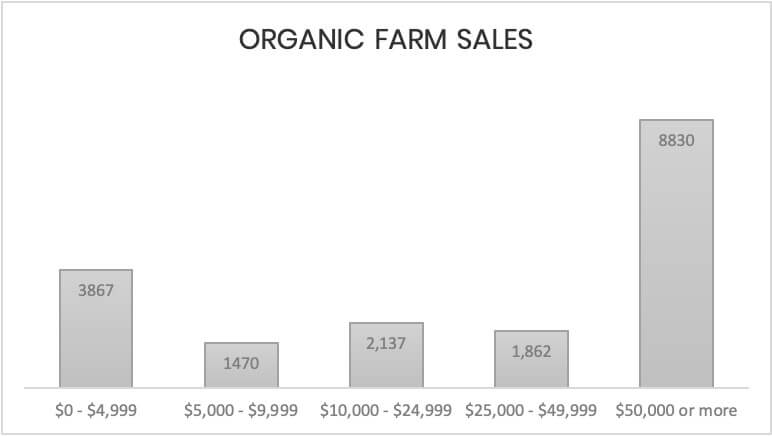
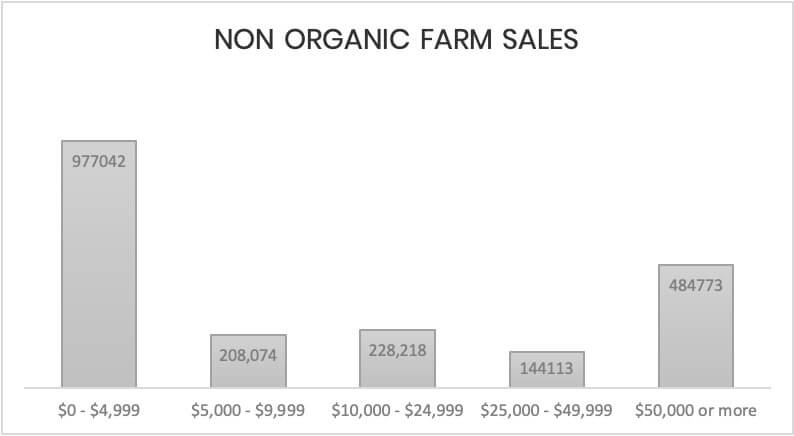
The 8,830 organic farms making over $50,000 sold over 7.1 billion combined dollars of product in 2017. That averages out to over $800,000 each. Compare that to the average of roughly $2,000 that the small ones were making. That 800k is what pulls the average so dramatically to 400k across all organic farms.
The opposite is true for non organic. The census doesn’t break it down the same way. It doesn’t share the total sold in each category, unfortunately. But the graph distribution tells us the story. There are far more small non organic farms than there are large non organic farms.
Everyone’s definition of size is different
When people or the media talk about farm size, it’s typically with the connotation that “big” is bad. But what is big? Everyone is going to have a different opinion on what acreage and dollar value qualifies as big. And that acreage and dollar value will tell us absolutely nothing about their farming practices, how they treat the earth or their employees, what their water usage is, or anything else. Size, physical or monetary, isn’t the standard we should use for evaluating farms.
Size is not a moral value.
Then why am I talking about it?
If I don’t think farms should be judged by their size, why am I spending an entire post talking about it? Because other people do think that. Which causes marketing teams to put statements on macaroni boxes that make it sound like their ingredients were grown in a tiny Garden of Eden with people spending their days hand picking insects off of the plants and frolicking with the bees and birds.
And that practice? It’s not a good one. It intentionally perpetuates the idea that size indicates good and bad. It capitalizes on people thinking organic = small and good, and conventional = big and bad. I’m certainly not saying the opposite is true. Because, as I stated last week, I am supportive of both types, all types. I’m simply saying, it’s not the part of the farming and food conversation we need to focus on (even though I did just focus on it a little).
What part of this surprised you? Let me know in the comment and then check back here next week for part 3!
Previous Post
Next Post
Food companies often use fear and misconceptions to market their product. Enter your email below and you'll have 5 ways to beat them at their sneaky game.
5 Food Label Secrets to Save Big $$$ at the Grocery Store
oh, yes please
FREE DOWNLOAD
The Olive Branch
Offering first-hand perspective on farming and our food supply
Home
About
consulting
resources
Contact
the blog
Follow along on Instagram
@theolivebranch_j
The olive branch 2024 | design by tonic
ag Tours

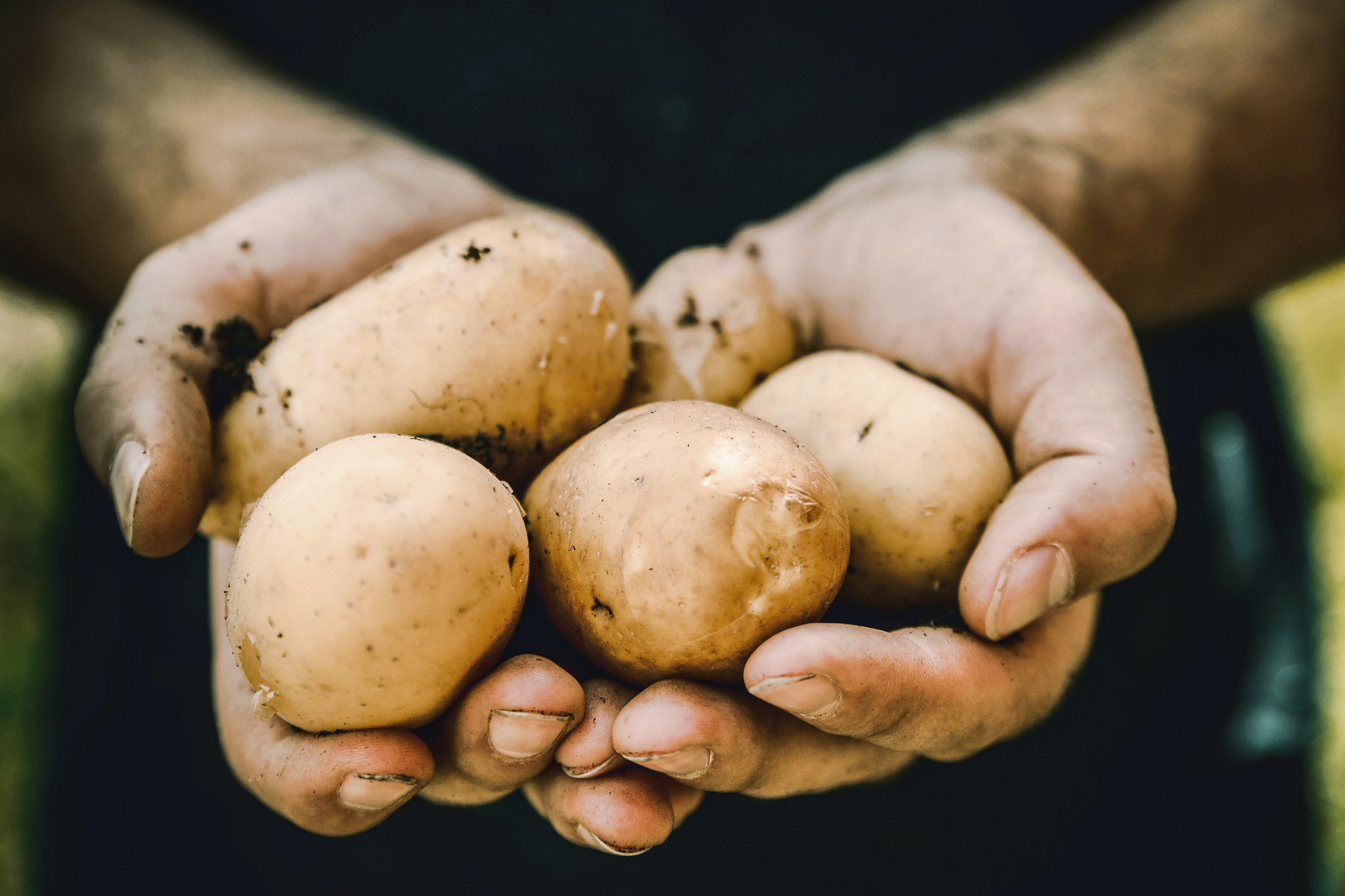

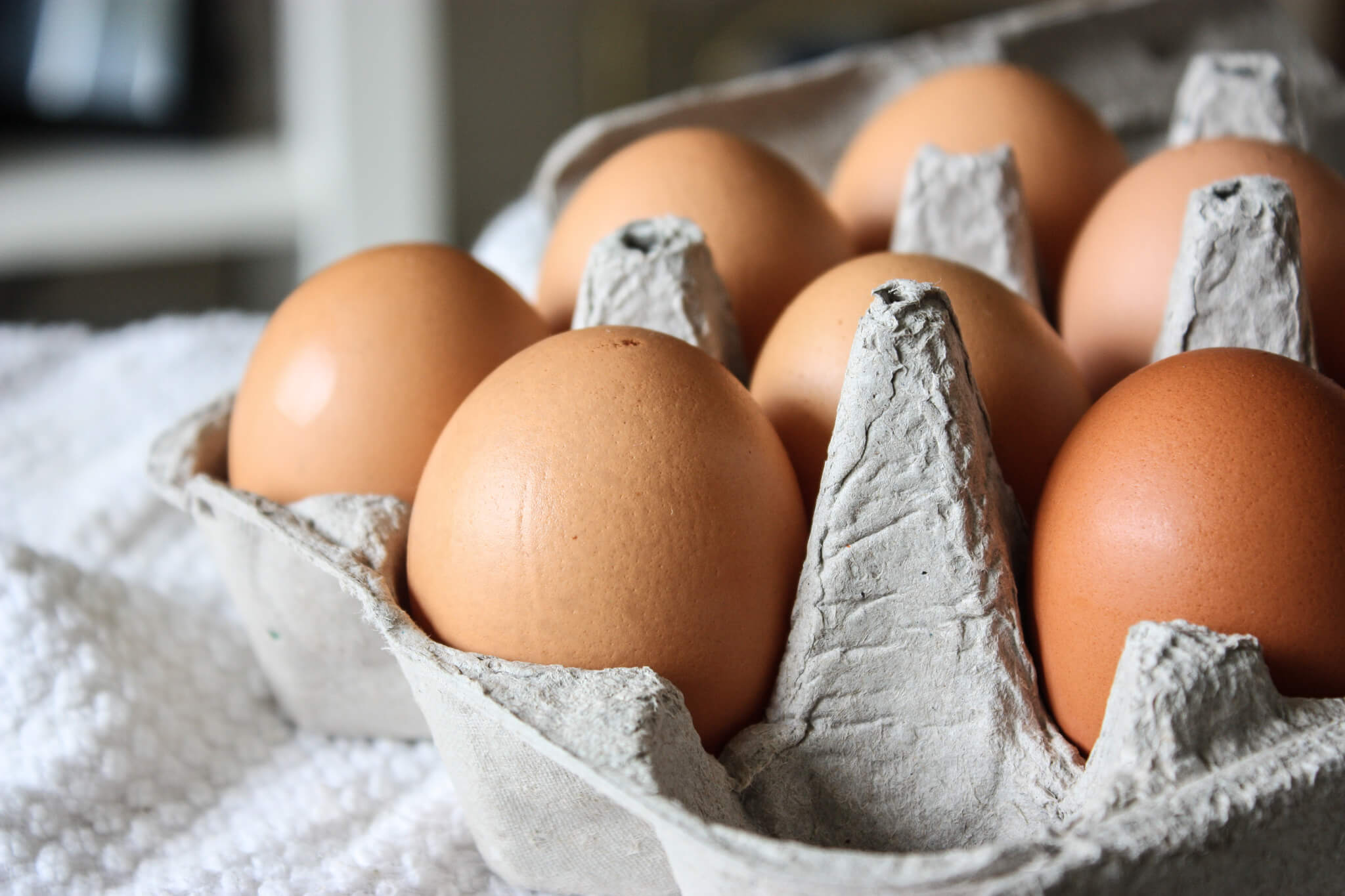
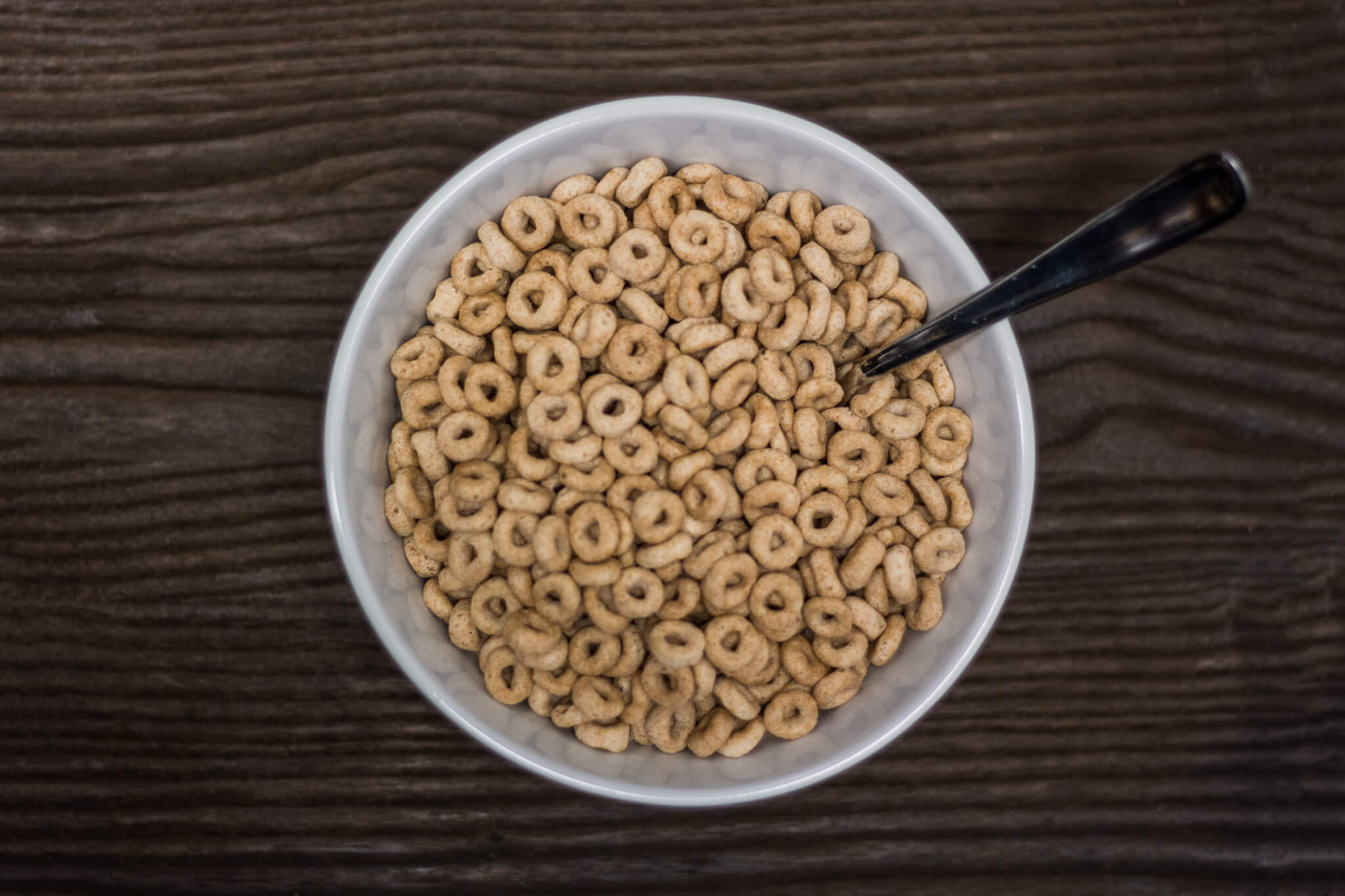
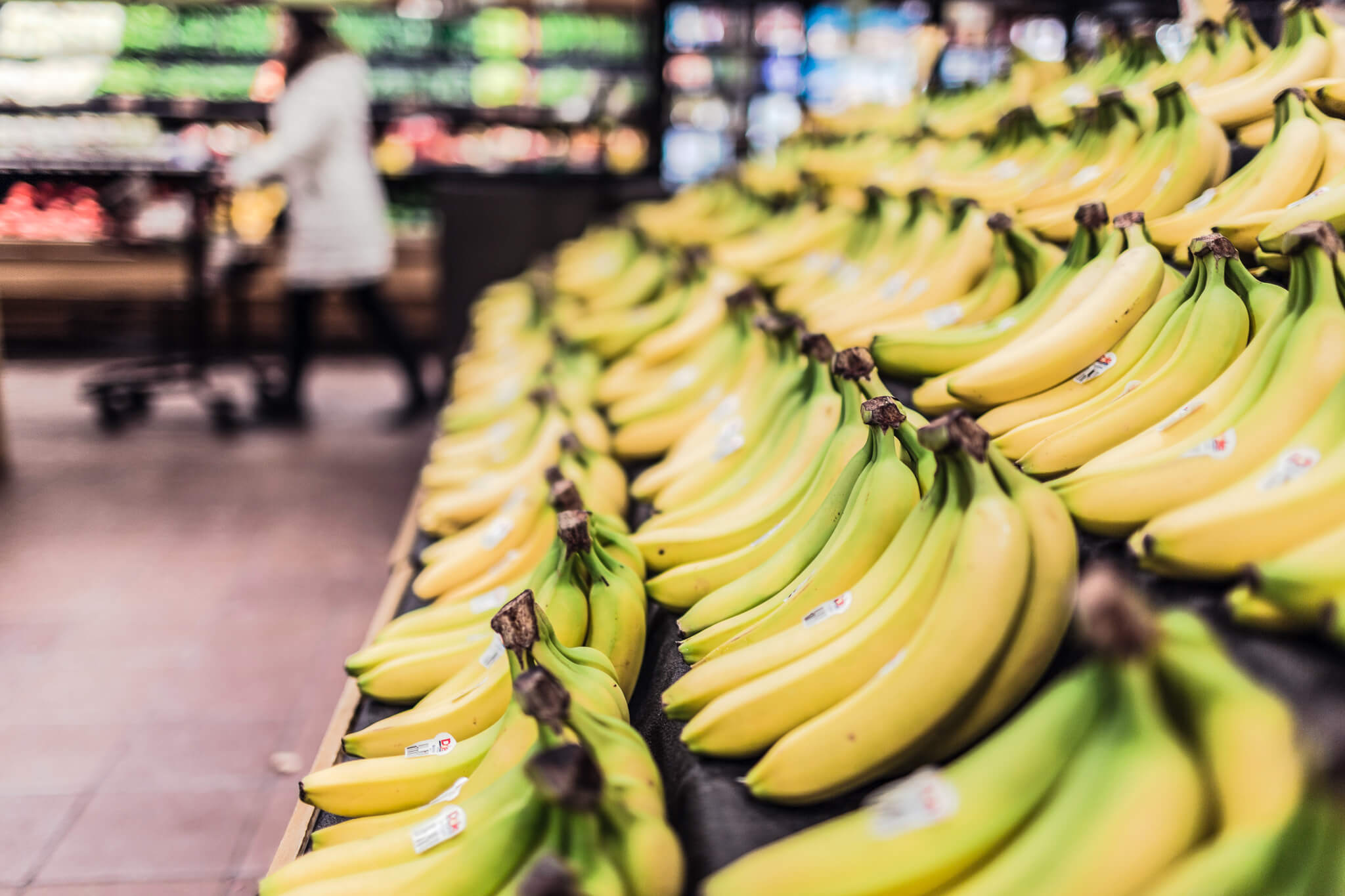
+ Show / Hide Comments
Share to: